Top 10 Common Home Inspection Issues
When you’re buying a home, a thorough home inspection is crucial to ensure you’re making a sound investment. Home inspections can uncover potential issues that might require costly repairs or even affect your decision to purchase the property. Here’s a look at the Top 10 Common Home Inspection Issues found during home inspections that you should be aware of.
1. Faulty Wiring
Electrical problems are a frequent find in home inspections. Issues such as outdated electrical panels, ungrounded outlets, and faulty wiring can pose serious safety hazards. Look for signs such as flickering lights, burning smells, or tripped breakers which indicate potential problems.
2. Poor Drainage and Grading
Improper grading of a property can lead to water damage inside the home. Inspectors often find that water pools near the foundation or basement, which can lead to cracks and mold growth. Ensuring good drainage and grading can prevent these expensive issues.
3. Faulty Foundation
Cracks or unevenness in the foundation can lead to major structural problems in a house. Signs of foundation issues include doors that won’t close properly and visible cracks in the walls or floors. These issues require immediate attention as they can undermine the structural integrity of the building.
4. Roof Problems
Roof issues are common and can be expensive to fix. Missing shingles, sagging, and signs of leaking should be addressed as soon as possible to avoid water damage inside the home. Depending on the age and condition of the roof, repairs or a full replacement may be necessary.
5. Plumbing Issues
From leaky faucets to dysfunctional water heaters, plumbing issues are frequently identified during home inspections. Other problems like poor water pressure or slow drains can indicate more serious plumbing concerns hidden within the walls.
6. Inadequate Insulation and Ventilation in the Attic
Poor attic insulation and ventilation can lead to excessive heating and cooling costs, as well as moisture problems. An inspection might uncover insufficient insulation or improper venting that could contribute to mold growth and roof deterioration.
7. Old or Faulty HVAC Systems
Heating, ventilation, and air conditioning systems are critical for comfort in a home. Old units or those that have been poorly maintained might need repair or replacement, which can be a significant expense.
8. Exterior Issues
Problems with the home’s exterior, including siding, windows, and doors, can lead to water intrusion and energy loss. Look for cracked or peeling paint, rotting wood, or deteriorated caulking around windows and doors.
9. Poor Overall Maintenance
Sometimes, a home may show signs of poor overall maintenance, such as peeling paint, non-functional appliances, or squeaky doors. While these may seem minor, they can be indicative of the general care the property has received and could hint at deeper issues.
10. Environmental Hazards
Environmental hazards like radon, asbestos, and mold are health concerns and often a part of home inspection checks. These issues can be costly to remedy and are significant negotiating points in real estate transactions.
Conclusion
While finding issues during a home inspection might seem discouraging, it’s better to be aware of them before finalizing a property purchase. Understanding these common issues will help you ask the right questions and, if necessary, negotiate repairs or better terms during the buying process. Always ensure that your home inspection is thorough and carried out by a certified professional to avoid any unpleasant surprises after you move in.
